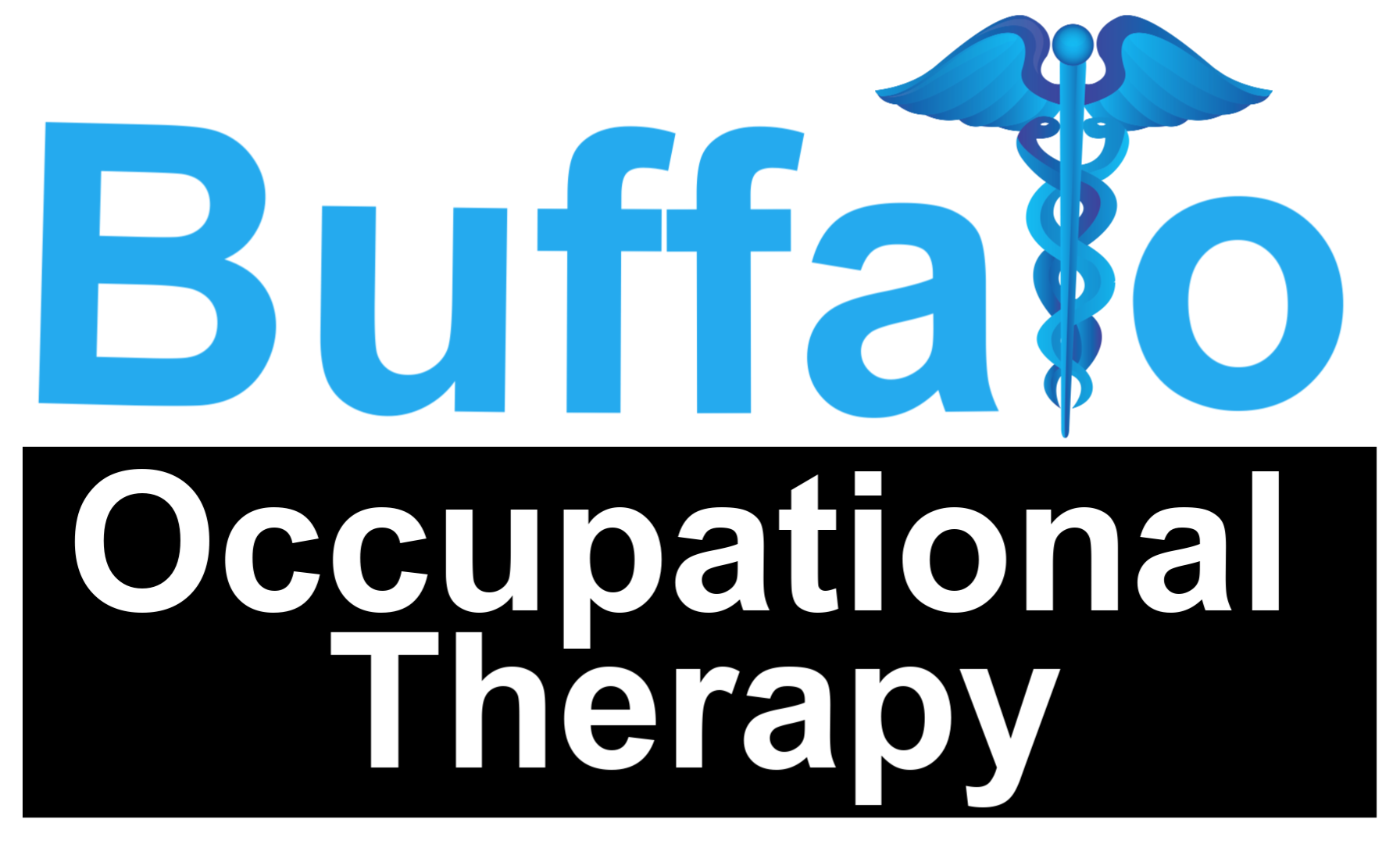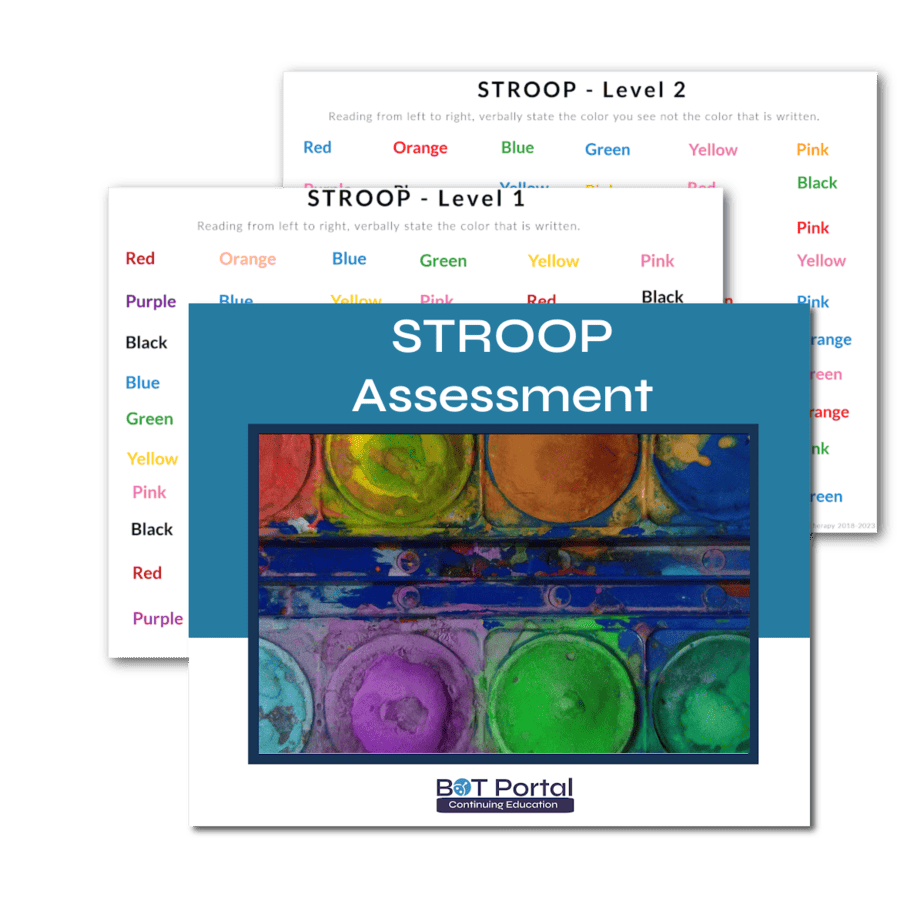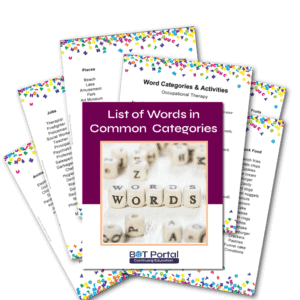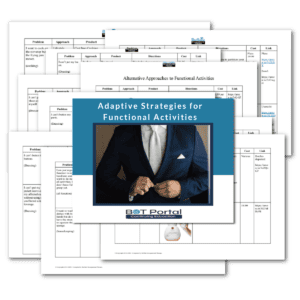Description
STROOP – Matched and Unmatched
Working memory, Impulsive Language, Information Processing, Attention
Download this STROOP activity sheet to assess, evaluate, and address concerns in working memory, impulsive language, attention, and information processing in your patient. STROOP has been used by many research studies to gather data and improve multiple executive functions using one tool.
The STROOP task is a classic neuropsychological assessment tool that evaluates cognitive functions related to attention, inhibition, and processing speed. In neuroscience and neuropsychology, it is widely used to assess executive functions, specifically cognitive flexibility and response inhibition. The task involves presenting participants with color names written in incongruent ink colors (e.g., the word “blue” written in red ink) and asking them to name the ink color while ignoring the word itself. This creates a conflict between automatic reading processes and intentional color naming, tapping into the individual’s ability to inhibit automatic responses and maintain attention on the relevant task.
In occupational therapy, the STROOP task holds significant relevance for assessing and addressing cognitive challenges that impact occupational performance. Consider a client returning to work after a traumatic brain injury. They may struggle with attention deficits and impulsivity, affecting their ability to focus on tasks and regulate impulsive behaviors. By incorporating the STROOP task into therapy sessions, occupational therapists can assess the client’s cognitive flexibility and inhibitory control. For example, if the client has difficulty naming the ink colors while ignoring the conflicting words, it may indicate challenges in attentional control and response inhibition.
Through targeted interventions based on the results of the STROOP task, occupational therapists can help clients develop strategies to overcome cognitive challenges and improve occupational performance. For instance, therapists may implement cognitive training exercises to enhance attentional control and impulse regulation, ultimately enabling the client to navigate work tasks more effectively.
What is included?
- (1) Mismatched Sheet where colors and words conflict
- (1) Matching sheet where colors and words are the same
Some other helpful links:




